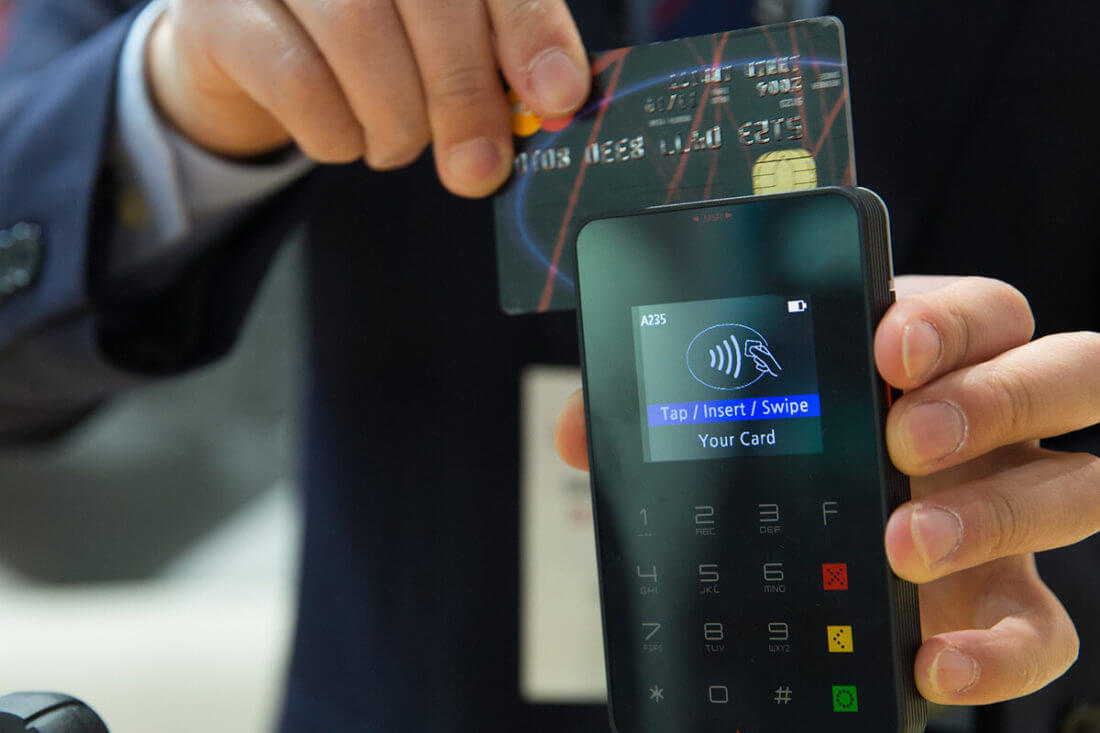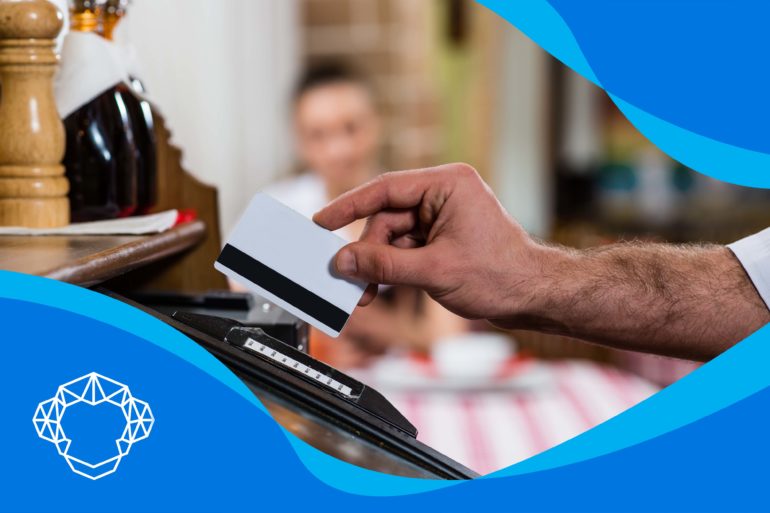In today’s world of business, cashless transactions are a prevailing trend. But to accommodate them, you have to endure a whole plethora of fees: the processing fees for your merchant account, brands, and service providers. One way to take at least a part of the burden off your shoulders is to introduce a credit card convenience fee to your customers.
What Is a Credit Card Convenience Fee?
The name of this charge alone can tell you a lot about it. It is a fee that you add on top of the price of the product when your customer wants to pay for it using a credit card, which is not your usual paying channel.
To make things clearer, you are not imposing any specific type of payments, and thus a commission to anyone. You are offering your customers a wider range of payment options, and some of them come at a certain price. If your customers decide to pay through one of the convenient channels like via telephone, online, you have the right to book a small fixed amount for the commission.

Who Can Charge a Convenience Fee?
Anyone who accepts cashless payments can put this commission on the tab, but there are a few conditions they have to fulfill:
- The transaction that the customer makes should be outside of your customary paying channel, like via phone or online
- This is not to be applied for any type of face-to-face transaction, like cash transactions, paying by check, by cards on your POS system, etc.
- The commission has to be a fixed amount
- Your customer should be aware of the commission they are paying, and they could cancel the transaction if it doesn’t suit them
- It should be included in the final price of the product or service you are selling
What Is the Main Difference Between Surcharges and Convenience Fees?
To understand this better, you should first make a distinction between payment channels and payment methods. Channels are the way you accept transactions: POS terminals, online transactions, telephone transactions, etc. Method refers to the means of transaction, i.e., cash, check, cards, bank transfer, etc.
The main difference between these two additional charges for your customers is that the surcharges are imposed for credit card payments, through any channel. The convenience commission is paid for the channel that is not commonly used by the merchant, i.e. sales done by the phone, or by mail or online either with cards or some other method.
A surcharge is something that hasn’t been used for long now and is at the center of a debate. Businesses won the battle to get the right to charge them in 2013, but there are still seven states in the US that prohibit it. This commission is also regulated and you do have to meet certain requirements to charge it.
Surcharges and Discounts
One way for merchants to stimulate their customers to buy with a preferred transaction method is by stimulating them with discounts. For example, you could offer a 5% discount for cash or check transactions. This way, a small business offsets card processing costs or avoids charging their customers extra in surcharges or convenience fees by motivating them to pay with the desired method that has no extra charges.
If, however, the customer chooses a cashless method, it is legal to charge them a fixed amount on top of the price for the services or goods, in most states. The states that don’t allow surcharges are Colorado, Connecticut, Florida, Kansas, Maine, Massachusetts, and Oklahoma.

How Can Your Business Benefit From It?
Small businesses are coping with the rising trend in processing fees, especially the ones that have a large volume of sales but small ticket values. If your average ticket price is $5, you would have to pay up to $0.30 per ticket for the credit card processing fees alone, depending on the credit card processor. Add to these different transaction channels, payment types and methods, all of which have their unique fees you have to pay. This can all add up to quite a bit in your monthly expenses that some businesses find hard to cope with and stay afloat amongst all the other expenses they have to cover on a month-to-month basis.
By applying surcharges and convenience fees, you can cut at least some of your expenses related to processing cashless payments. Although it may seem meager, it can help you quite a bit in the long run.

How to Charge Them to Your Customers?
Credit card brands reached an agreement and introduced a set of rules that merchants have to follow to charge this type of commission, and they differ from brand to brand. Some general rules to follow that apply to all are:
- It has the be a fixed amount, not a percentage
- Your customers should know that they are paying for it and that they have an alternative
- You can charge it only for transactions that are outside your customary payments channel
- You have to be registered by your acquirer
As for the regulations that the brands alone have set up, they are as follows:
- Visa allows for the fee to be fixed or variable depending on the transaction, but you would have to separate your service charge as a distinct transaction
- Mastercard applies the same rules as Visa
- American Express and Discovery have pretty much the same rules, but they are a bit more strict when it comes to discrediting their brand and pushing other methods ahead of the cashless ones.

Why Raising Prices Overall Might Be the Best Solution?
What many merchants do is raise their overall prices to cover for their cards processing expenses, without imposing any additional charges to their customers. Raising your prices by 1.5% to 2% is a reasonable way to compensate for some of your processing expenses if you have a competitive merchant service provider. If not, those expenses may be even higher than the price increase can compensate for.






